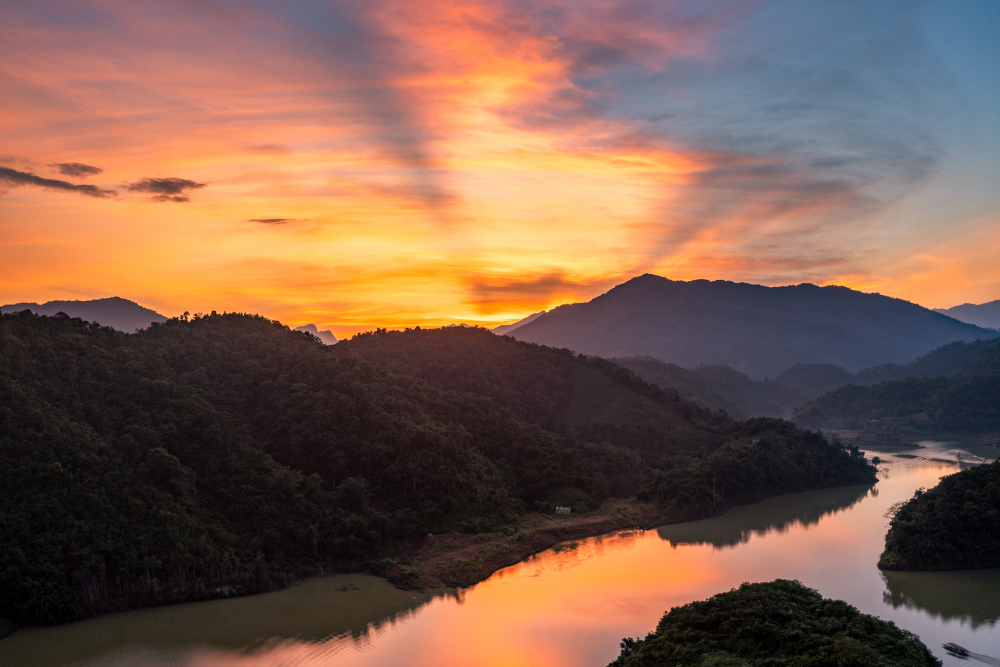Vietnam’s national parks are not just pristine, protected areas but also some of the most breathtaking natural landscapes in Southeast Asia. With lush jungles, towering mountains, and vibrant wildlife, these parks provide the perfect setting for solo travelers seeking adventure, serenity, and a deeper connection with nature. Whether you’re looking to hike through rugged terrains, spot rare wildlife, or simply immerse yourself in the beauty of Vietnam’s diverse ecosystems, the national parks offer something for everyone.
Here’s a guide to experiencing Vietnam’s national parks on a solo journey, where wildlife encounters, thrilling hikes, and nature’s tranquility await.
1. Phong Nha-Kẻ Bàng National Park (Quảng Bình Province)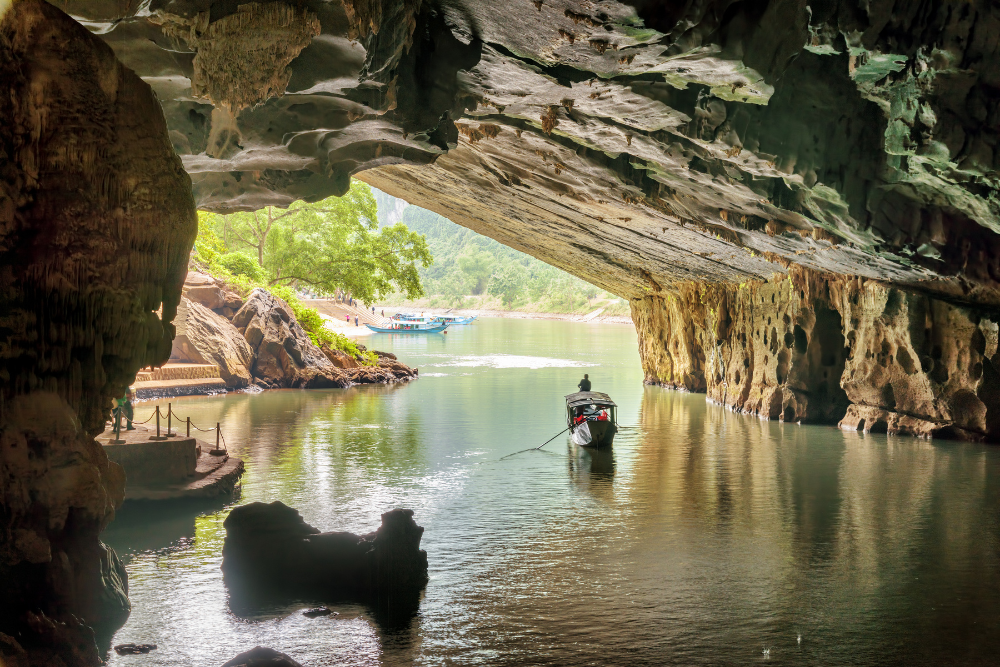
Why Visit: Phong Nha-Kẻ Bàng is a UNESCO World Heritage Site renowned for its spectacular limestone karst landscapes, vast caves, and diverse wildlife. This park is a must-visit for those who love adventure, with activities ranging from cave exploration to hiking through lush tropical forests.
What to Do:
- Explore the Caves: The park is home to the world’s largest cave system, including the famous Son Doong Cave. Solo travelers can join guided tours to explore other remarkable caves like Phong Nha Cave, Paradise Cave, and Dark Cave.
- Hiking: Trekking through Phong Nha-Kẻ Bàng’s dense forests offers the opportunity to spot rare animals and plants. Trails such as the trek to the 8 Ladies Cave provide a chance to connect with nature and experience the park’s stunning biodiversity.
- Wildlife Watching: The park is home to several endangered species, including tigers, Asian elephants, and langurs. While sightings may be rare, the park’s rich biodiversity makes it an exciting destination for wildlife enthusiasts.
Solo Traveler Tip: Hiring a local guide is recommended, especially for cave tours and longer hikes, as the terrain can be challenging.
2. Cát Tiên National Park (Dong Nai, Lam Dong, and Binh Phuoc Provinces)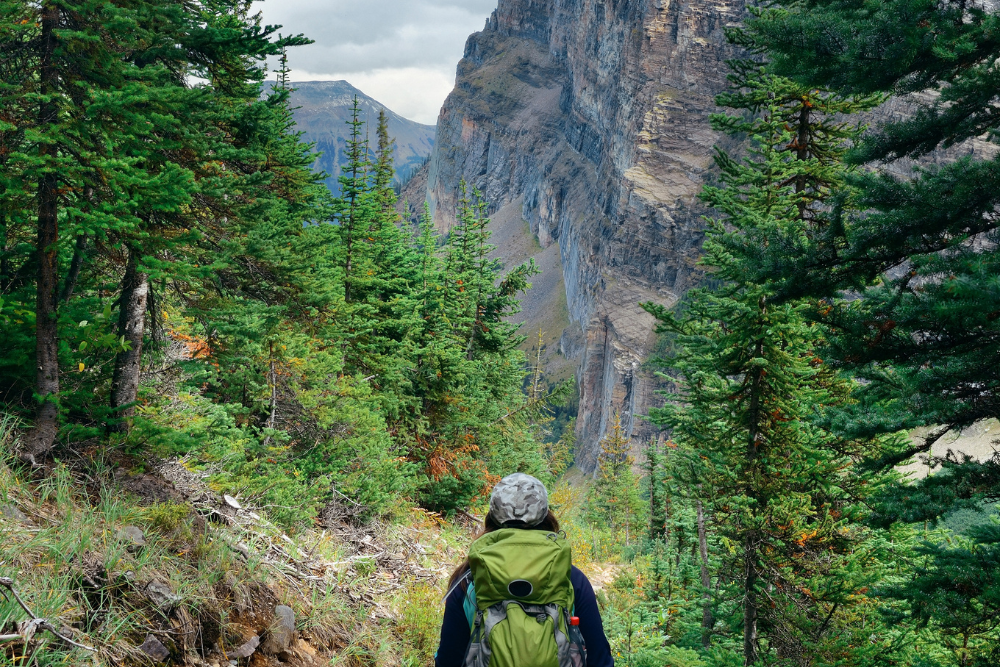
Why Visit: Cát Tiên National Park, located in southern Vietnam, is one of the country’s most biodiverse protected areas. The park spans several ecosystems, from tropical rainforests to wetlands, making it ideal for wildlife watching and eco-tourism.
What to Do:
- Wildlife Watching: Cát Tiên is home to over 300 species of birds, mammals, reptiles, and amphibians, including the endangered Javan rhinoceros. With a bit of luck, solo travelers may spot wild animals such as gibbons, crocodiles, and various bird species.
- Hiking and Trekking: Several well-maintained trails allow you to explore the park on foot, including routes through the forest and to the picturesque Bau Sau (Crocodile Lake), where you can take a boat trip to see wildlife in the wetlands.
- Night Safari: Experience the park in a unique way by joining a night safari. With a guide, you can observe nocturnal animals and hear the sounds of the forest come alive at night.
Solo Traveler Tip: For those traveling alone, it’s a good idea to join a group tour or hire a local guide, especially for night safaris or hiking expeditions, to enhance safety and the overall experience.
3. Ba Be National Park (Bắc Kạn Province)
Why Visit: Located in the northeastern region of Vietnam, Ba Be National Park is a haven for nature lovers and solo travelers seeking a peaceful retreat. The park is famous for its stunning lakes, waterfalls, and the biodiversity of its forests.
What to Do:
- Hike to Ba Be Lake: Ba Be Lake is the centerpiece of the park, surrounded by dramatic limestone mountains and lush forests. You can hike to viewpoints around the lake or take a boat ride to fully appreciate its natural beauty.
- Cultural Experiences: The park is home to several ethnic minority groups, including the Tay people. Solo travelers can visit local villages to learn about traditional lifestyles and the region’s cultural heritage.
- Wildlife Watching: Ba Be is home to a variety of wildlife, including bears, gibbons, and an array of bird species. Birdwatching is especially popular here, with the park hosting several rare and endangered species.
Solo Traveler Tip: While Ba Be is relatively accessible, traveling with a guide will enrich your experience and ensure you learn about the area’s biodiversity and local culture.
4. Sapa and Hoàng Liên National Park (Lao Cai Province)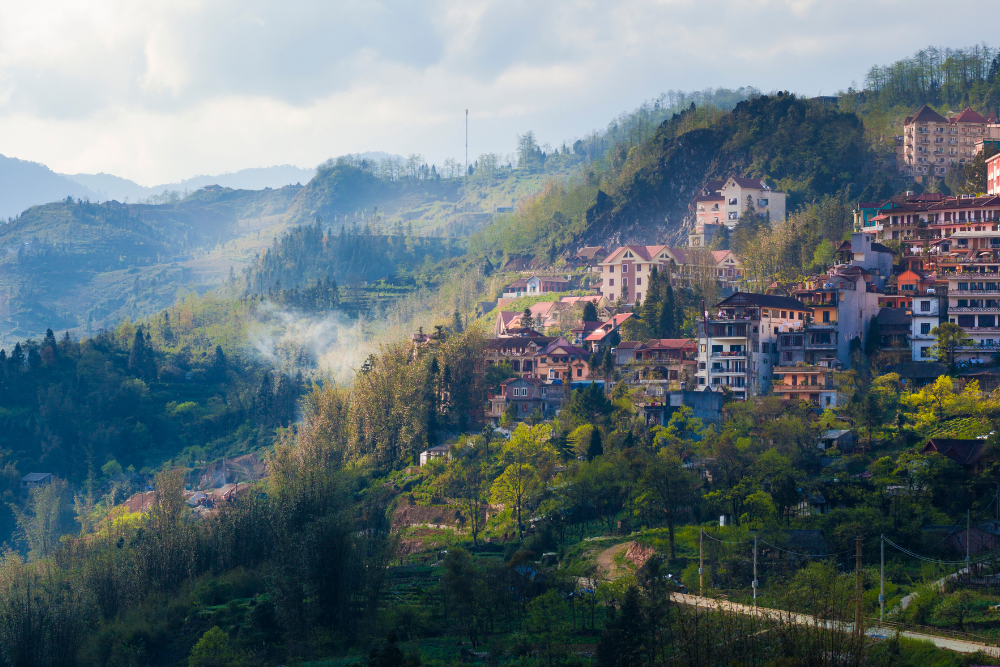
Why Visit: Hoàng Liên National Park, located near the town of Sapa in northern Vietnam, is a paradise for trekkers and wildlife lovers. The park encompasses the Hoàng Liên Son mountain range, which includes Vietnam’s highest peak, Fansipan. It is an ideal destination for solo travelers interested in challenging hikes and immersion in ethnic minority cultures.
What to Do:
- Trekking: Solo travelers can embark on some of the best treks in Vietnam, such as the ascent to Fansipan (often called the “Roof of Indochina”). The park offers well-established trails that lead through terraced rice fields, forests, and villages.
- Ethnic Villages: Visit local ethnic minority villages such as the H’mong and Dao people, where you can experience the region’s unique culture and traditions.
- Wildlife Watching: Hoàng Liên National Park is home to various animal species, including the black bear, golden monkeys, and leopards. Birdwatching is also popular in this region.
Solo Traveler Tip: The trek to Fansipan is best done with a guide, especially for solo travelers who are new to mountain trekking. For easier hikes, local guides can show you more off-the-beaten-path routes to discover hidden gems in the park.
5. Kẻ Gỗ Nature Reserve (Hà Tĩnh Province)
Why Visit: Kẻ Gỗ is a lesser-known nature reserve in central Vietnam that offers a peaceful and authentic experience for solo travelers looking to explore the country’s wildlife and forests. The reserve is home to diverse species and is an excellent destination for eco-tourism.
What to Do:
- Hiking: The nature reserve features a variety of trails that take you through dense forests, offering a peaceful atmosphere for those who want to experience Vietnam’s natural beauty away from the crowds.
- Wildlife Watching: The reserve is home to endangered species like the Tonkin snub-nosed monkey and various bird species. A visit here offers the chance to observe wildlife in a serene and less touristy setting.
- Camping: Solo travelers can also enjoy camping under the stars, surrounded by the sounds of the forest.
Solo Traveler Tip: As this reserve is less frequented by tourists, hiring a local guide is advisable to ensure you don’t miss any of the park’s highlights and to ensure your safety in more remote areas.
6. Con Dao National Park (Ba Ria-Vung Tau Province)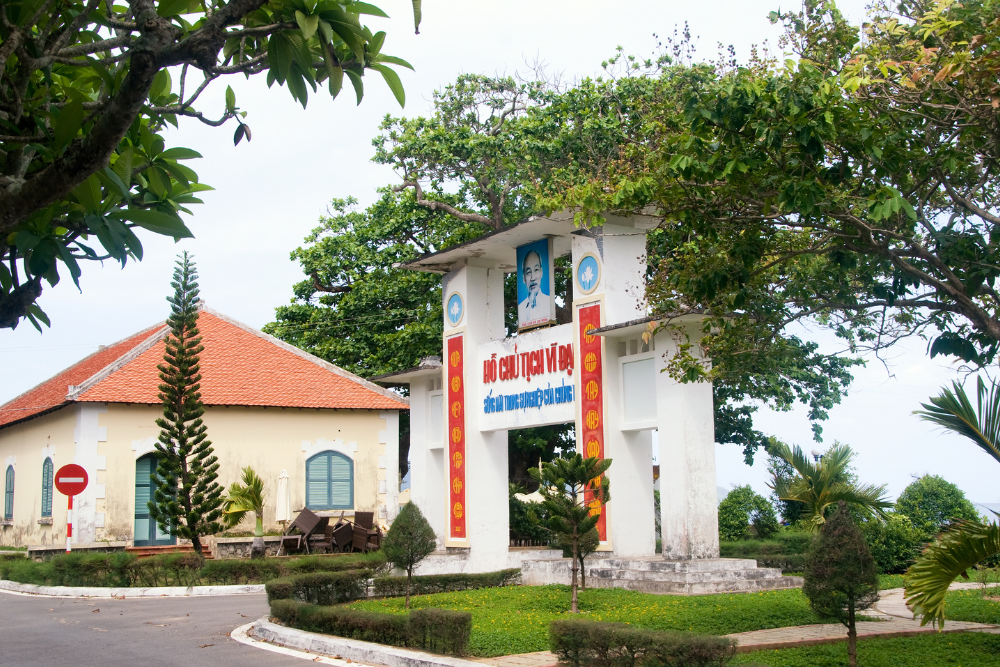
Why Visit: Located on the Con Dao archipelago, Con Dao National Park is a pristine marine and forest reserve that offers a unique combination of wildlife, hiking, and underwater exploration. The park is home to diverse marine life, including sea turtles, and boasts beautiful beaches, making it an ideal destination for solo travelers looking for a peaceful, off-the-beaten-path adventure.
What to Do:
- Hiking: The park offers numerous hiking trails, including the trek to the top of Mount Con Son for panoramic views of the islands and ocean.
- Marine Wildlife: Snorkeling or diving in Con Dao’s crystal-clear waters is a must, with vibrant coral reefs and a variety of marine species. Solo travelers can enjoy the calm, uncrowded waters.
- Wildlife Watching: Con Dao is home to rare sea turtles, and during nesting season, you may have the chance to witness turtles laying eggs on the beaches. Birdwatching is also popular here.
Solo Traveler Tip: If you are interested in marine life, book a diving or snorkeling tour. The guides can provide insight into the underwater ecosystem and ensure a safe, enjoyable experience.
Conclusion: Embrace Nature and Adventure on Your Solo Trip
Vietnam’s national parks offer an incredible array of outdoor adventures for solo travelers, from the remote caves of Phong Nha-Kẻ Bàng to the pristine beaches of Con Dao. Whether you’re seeking the thrill of a challenging hike, the serenity of nature, or the excitement of spotting rare wildlife, Vietnam’s parks have something for every kind of solo traveler.
For the best experience, remember to travel with a local guide where needed, respect the environment, and be mindful of the local culture and traditions. Solo travel in these national parks will not only connect you with Vietnam’s natural beauty but also give you a deeper understanding of its diverse ecosystems and rich wildlife.



